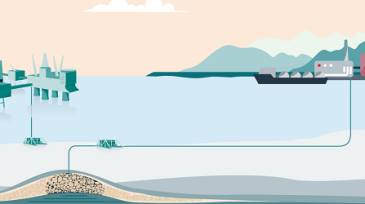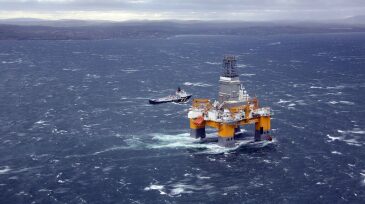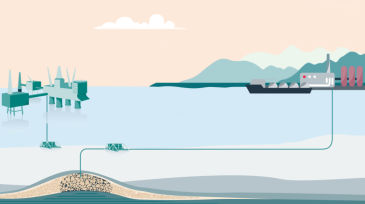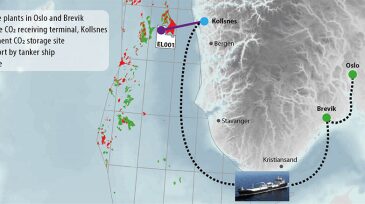Equinor
-
The Northern Lights project will disclose data sets from the confirmation Well 31/5-7 Eos drilled in the North Sea and completed earlier this year.
-
The EPCI contract for the Breidablikk development includes provision of flexible jumpers and rigid pipelines as well as pipeline installation work. About 70% of the value creation in the Breidablikk development phase is expected to go to Norwegian companies.
-
The memorandum of understanding with Microsoft follows a conditional investment decision in May that Equinor, Shell, and Total made for the carbon capture and storage project.
-
The latest agreement between Wood and Equinor will begin January 2021. The contract follows recent agreements between the two companies for the Breidablikk development in the Norwegian Continental Shelf.
-
The memorandum of understanding with Microsoft follows a conditional investment decision made in May by Equinor, Shell, and Total. Pending Norwegian government approval, the final investment decision for the project is expected in late 2020 with startup expected in 2024.
-
One year after the Johan Sverdrup field came on stream, Equinor says digital technology has proven to be key to safety and value in all parts of the operation, increasing earnings by more than $200 million.
-
Equinor plans to cut its global exploration staff by 30% in the next 3 years and plans to drill 30–40 wells globally this year. Ongoing labor strikes have led to the operator shutting in four of its platforms.
-
Equinor awarded multimillion-dollar contracts to Aker Solutions and Wood for work on the oil field in the Norwegian Continental Shelf. It said about 70% of the contracts for the development phase is expected to go to Norwegian companies.
-
The contract is for Equinor’s unmanned process platform at the Krafla field in the North Sea, with plans for tie-in to an Aker BP host platform in the North of Alvheim area.
-
Two of Europe’s largest oil and gas producers will lead four offshore wind projects that together have the potential of powering 2 million homes.










